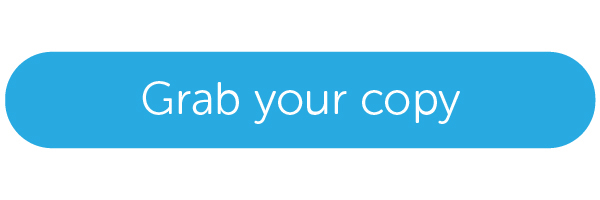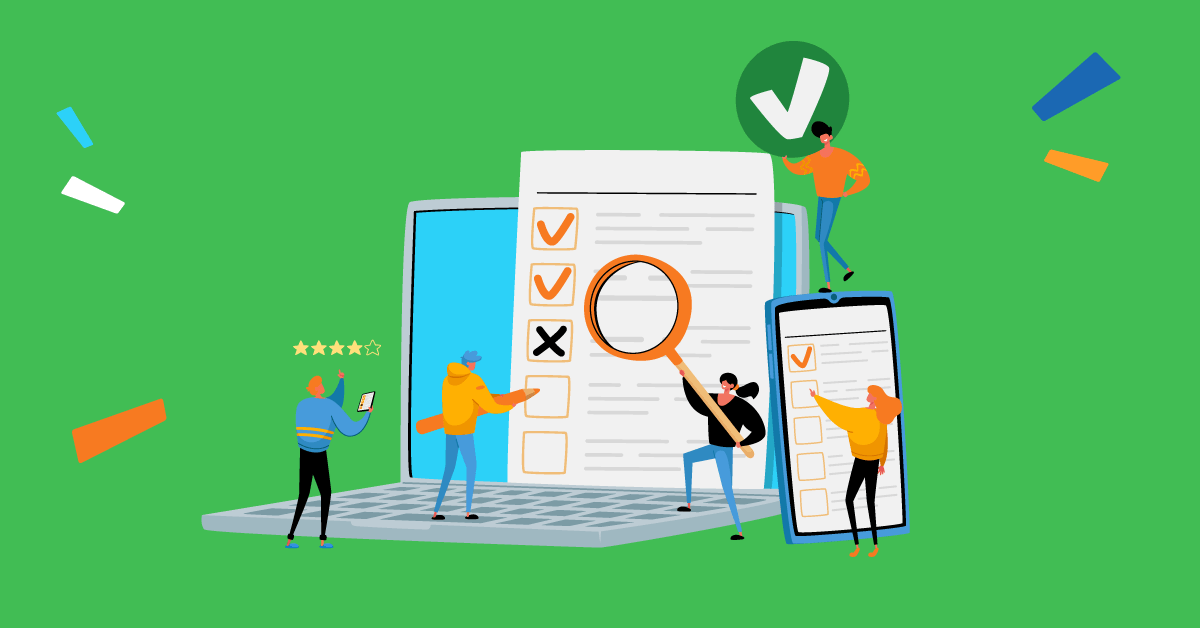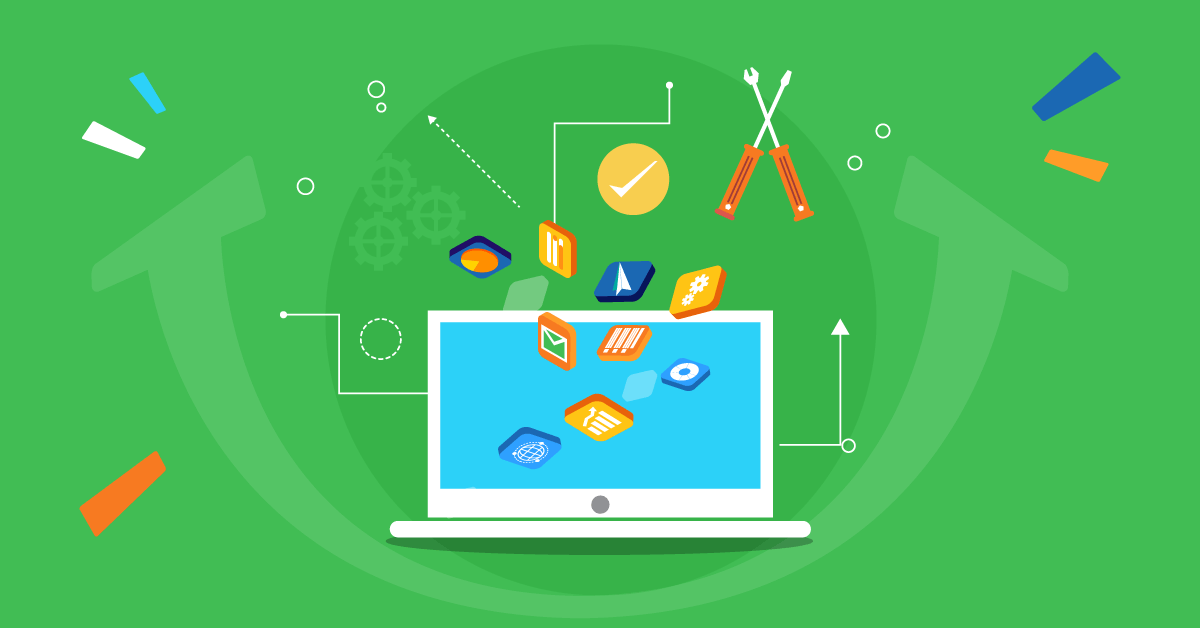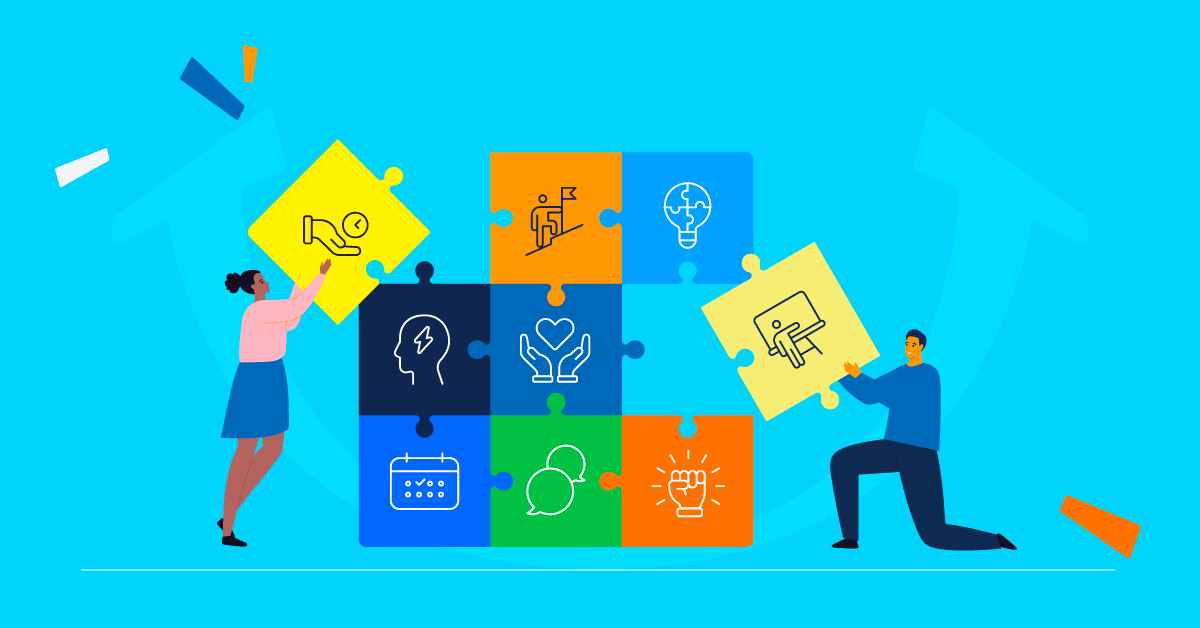- Making it real: Employee adaptability, from theory to practice
- Enhancing workforce agility: How to measure employee adaptability using skills gap templates
- Seeing red? How to turn data into deliverables
- Employee adaptability assessment and training: Tips and techniques
- Want to master and measure adaptability? Set an example
Every manager wants team members who are agile and adaptable. And (almost) every employee will claim to be both of those things. But how can you tell for sure?
As AI tightens its grip, 60% of HR managers rate self-management as one of the most important skills for employees. And, with a future of rapid and continuous change on the cards, it’s no big shock that adaptability and agility come top of the list.
But to nurture employee adaptability across your organization, you first need to know how to measure. The question is, how?
For upskilling and reskilling initiatives to hit the spot, companies need to apply a strategic approach. And rely on data to make decisions.
A skills gap template provides a framework you can use to measure adaptability. By gauging levels of proficiency, you can pinpoint specific areas for development. And then decide on what training you need to deliver to eliminate them.
Making it real: Employee adaptability, from theory to practice
Hang on, though. Can you measure soft skills? Employee adaptability seems like a vague and intangible concept. And, even if you can measure adaptability in the workplace, can you train employees to be better at it? Isn’t it a behavioral trait they either have or don’t have?
It’s true. Soft skills are a little harder to measure and train for. But by providing context and highlighting purpose they can be translated into hands-on work experiences. Which can then be used to identify skills gaps and training needs.
To provide context and highlight purpose, though, you first need to provide clarity of meaning.
So, what is employee adaptability? When it comes to staying agile in the workplace, the first point to make is that employee adaptability is more than simply being flexible. It’s also about control in the face of change. Using certain skill sets, frameworks, and processes, adaptable employees demonstrate control by responding appropriately and effectively to a range of situations and challenges.
Break the concept down even further and you’re presented with three different adaptability types: cognitive, emotional, and personal. And each one of these can be used to measure specific capabilities and provide targeted training.
Let’s take each of those theories and see what employee adaptability types look like in practice.
1. Cognitive adaptability
Cognitive adaptability is about structuring thoughts to consider and explore different scenarios. And, by doing so, plan for different outcomes. Assessing cognitive adaptability in the workplace involves observing how employees respond to new processes, navigate challenges, learn from experiences, and apply flexible thinking. Here’s an example of how that might play out.
Organizational context
A design agency decides to transition from traditional project management methods to a software-based approach. The aim is to enhance collaboration and efficiency among its teams.
Measuring flexible thinking
- Scenario: Presented with the software, employees can choose how quickly and to what extent they engage with it.
- Assessment criteria: Some employees will be slow adopters, expressing concerns about the unfamiliarity of the new software. Employees capable of flexible thinking tend to have a growth mindset. Viewing the new platform as an opportunity, they will start using it as soon as possible.
Measuring learning agility
- Scenario: Employees are introduced to the new project management software without extensive training.
- Assessment criteria: Key indicators of success in this area would be the ability to quickly grasp the new software’s interface, features, and functionalities. And adapt to them at speed without having to rely on or refer to detailed external guidance.
Measuring problem-solving
- Scenario: While using the software, challenges arise. These could range from data migration and integration issues to workflow disruptions.
- Assessment criteria: Employees with high levels of cognitive adaptability will proactively identify problems. They will collaborate with team members to implement creative solutions. And, where appropriate, adapt their approach to suit.
Measuring decision-making in uncertainty
- Scenario: The implementation of the new software raises questions about the potential impact on productivity and established workflows. But there are no clear answers or solutions to those questions.
- Assessment criteria: Being able to cope well with ambiguity symbolizes adaptability in decision-making. Employees with this skill gather relevant information, consider diverse perspectives, and make adjustments as needed. Even if they don’t know for certain what the outcomes will be.
Measuring continuous improvement
- Scenario: Over time, the agency asks for feedback on the new software and uses this to make improvements.
- Assessment criteria: Zoom in on employees who contribute constructive feedback, suggest enhancements, and willingly participate in training sessions to deepen their understanding.
Provide courses to bridge gaps in cognitive adaptability, such as:
- critical thinking
- critical observation
- risk and decision-making
- dealing with risk and uncertainty
- making decisions
- problem solving
Meet TalentLibrary™
A growing collection of ready-made courses that cover the soft skills
your teams need for success at work![]()

2. Emotional adaptability
Emotional adaptability is the ability to effectively navigate and manage one’s own emotions. While also being able to accept, acknowledge, and respond appropriately to other people’s behaviors. To assess emotional adaptability in the workplace means observing how employees handle stress, relationships, interpersonal conflicts, and unexpected changes. Here’s an example.
Organizational context
A fast-growing tech startup decides to restructure teams, roles, and reporting structures.
Measuring how people demonstrate resilience and flexibility
- Scenario: Team members are informed about the restructure.
- Assessment criteria: Resilient and emotionally adaptive employees will remain composed. They will demonstrate the ability to manage anxiety. While also maintaining a positive outlook.
Measuring how people manage stress
- Scenario: As the restructuring progresses, workloads increase, and some employees find themselves handling new responsibilities.
- Assessment criteria: Look for individuals who prioritize tasks, seek support when needed, and maintain a balanced approach to workload. All of these elements showcase emotional adaptability and the ability to manage stress in a healthy and constructive way.
Measuring relationship management
- Scenario: Employees are reassigned to different teams and project groups. Many experience leadership changes too.
- Assessment criteria: Employees who navigate interpersonal relationships with flexibility, proactively engage with new team members. They express openness to different working styles, and resolve conflicts constructively. They provide support to new leaders. And they react positively to new styles of communication and decision-making processes.
Measuring how people communicate under pressure
- Scenario: During a team meeting, employees discuss the restructure’s impact on urgent project timelines and client expectations.
- Assessment criteria: In stressful situations, communication skills can become compromised. Emotional adaptability is high in those who express themselves clearly, listen actively to other perspectives, and make constructive contributions, despite the pressure.
To bridge gaps in emotional adaptability, provide soft skills training courses such as:
- demonstrating persistence and resilience
- emotional intelligence
- dealing with stress
- anxiety and fear
- communicating under stress
3. Personality adaptability
An employee with an adaptable personality sees both challenges and opportunities when presented with new ideas or changes in the workplace. Combining realism with optimism, they balance curiosity and openness with active engagement. What does that look like? Here’s an idea.
Organizational context
A financial institution, with a traditional approach, decides to shift over to agile methodologies.
Measuring openness to change
- Scenario: Employees are introduced to the concept of agile methodologies.
- Assessment criteria: When employees ask lots of questions they show enthusiasm and a willingness to understand new concepts. This indicates an ability to embrace change.
Measuring collaboration and team dynamics
- Scenario: Agile methodologies start to be used in the workplace. There’s more emphasis on collaboration and working in cross-functional teams.
- Assessment criteria: Employees with adaptable personalities actively participate in team activities. They contribute ideas during group sessions. And they work closely with colleagues from different functional areas.
Measuring how people respond to feedback
- Scenario: To support continuous improvement, which underpins agile working, feedback is delivered more frequently.
- Assessment criteria: Look for employees who actively seek feedback, reflect on suggestions for improvement, and incorporate them into their work.
Measuring flexibility in approach
- Scenario: Employees have to adapt to changes in project requirements and priorities in line with the new agile way of working.
- Assessment criteria: Individuals who pivot quickly and willingly, and stay focused despite uncertainties, showcase adaptability in their work methods.
Measuring willingness to learn
- Scenario: HR and L&D launch continuous learning and self-improvement initiatives to sync with the new agile working methodology.
- Assessment criteria: On top of formal training sessions, employees with adaptable personalities engage in self-directed learning. They also look for opportunities to enhance their knowledge in other (more informal) ways.
To bridge gaps in personality adaptability provide courses such as:
- active listening
- giving and receiving feedback
- collaboration
- being curious
- risk-taking
Help your teams become more adaptable and agile
Boost their knowledge with soft skills training on TalentLMS.
The training platform that users consistently rank #1.
General training tips for all three employee adaptability types
As we’ve seen, there are lots of specific courses you can offer to support the different aspects of employee adaptability. But when it comes to enhancing workforce agility, you also need to get the culture right.
Here are a few ways to do this:
- Promote and support continuous learning
- Encourage employees to learn new skills to prompt new ways of thinking
- Make opportunities for collaboration to expose employees to individuals with diverse perspectives
- Foster a culture of innovation, creativity, and risk-taking
Enhancing workforce agility: How to measure employee adaptability using skills gap templates
Our adaptability and agility skills gap templates are designed to measure adaptability in the workplace and flexible workforce skills.
They do this by providing a framework for assessing and recording levels of competency in many of the areas we’ve just discussed. Plus, they work on an individual level and also across teams. Which means you can use the data to design adaptability training programs that target both. Also, you can use the self-assessment template to compare and moderate data where necessary.
Download our adaptability and agility skills gap template
Use the data and design adaptability training programs to bridge gaps
You don’t have to use all of the different assessments to measure adaptability. For example, you may decide that a self-assessment isn’t for you. The instructions below cover all of the options so you can pick and choose.
Pro tip: To perform a team-wide skills gap assessment, you will need to carry out an employee skills gap assessment. This is because the data from the employee skills assessment is used to create an average score benchmarking.
How to use the employee skills gap template
This template looks at the competency levels of individual employees.
- Go to the employee skills gap tab.
- Add your employees’ names to the “Employee” column.
- Rate each employee against each of the statements.
- Use a scoring system of 1 to 5 to evaluate each employee’s level of competency. (1 = Employee hasn’t developed this skill/Employee doesn’t use this skill | 5 = Employee is an expert at this skill/Employee regularly uses this skill)
- Calculate the average score* for each statement.
- Compare each employee’s individual score with the average score for each question.
- Using this info, assign a red or green color to each cell. (Green = Meets/employee has little or no skills gaps compared to the team | Red = Missing/employee has skills gaps compared to the team)
How to use the team skills gap template
This template works in conjunction with data captured in the ‘Employee skills gap’ template. It analyzes competency levels of specific teams or groups.
- Go to the team skills gap tab.
- For each statement, input a 1 – 5 rating that indicates your desired team-wide score. (1 = No knowledge/expertise at all | 5 = Exceptionally high level of knowledge/expertise)
- For each statement, input the average score* from the ‘Employee skills gap’ template into the ‘Current’ column.
- For each statement, compare the ‘Current’ score and ‘Desired’ score to identify any team-wide skills gaps.
- Using this info, assign a red or green color to each cell in the ‘Current score’ column. (Green = Meets/team has little or no skills gaps and does not require training | Red = Missing/team has skills gaps and requires training)

How to use the employee self-assessment template
A third party (manager or L&D rep) will usually complete a skills gap assessment. But in some circumstances a self-assessment may be considered more appropriate/accurate. If so, ask the employee to complete an employee self-assessment questionnaire. Then copy the relevant data over to the employee skills gap tab. (Remember to update the statements too.) The data can be used on its own. Or to moderate a skills gap analysis that has been completed by someone else.
Seeing red? How to turn data into deliverables
The red cells on your templates indicate your skills gaps. Compare these across the different templates to pinpoint where there are team-wide skills gaps. And to see where only a few employees need support.
With this info, you can decide whether to formalize adaptability training programs to raise adaptability across a whole team or even your whole organization (for example, through a mandatory eLearning course.) Or whether to use an informal approach and provide 1-2-1 training to individual employees (for example, using mentoring, work shadowing, or a buddy scheme.)
Employee adaptability assessment and training: Tips and techniques
- Use free videos, tutorials, and courses available online to supplement adaptability training programs and materials
- Incorporate other evaluation methods into your employee adaptability skills gap strategy. Performance reviews and feedback from managers can also provide valuable insights. Pro tip: To avoid potential bias, use a consistent framework and fixed evaluation criteria for these methods too
- Repeat your skills evaluations and assessments at regular intervals to assess progress. Use previous scores as a benchmark
- Compare results across different teams to identify patterns
- Vary the level of training depending on the score. For example, employees with a very low score [1-2] provide basic, introductory training. For employees with an average or medium score [2-3], opt for a more advanced course
Want to master and measure adaptability? Set an example
Adaptability training programs champion agility and flexibility in the face of change. And to remain credible and effective they need to lead by example.
Which means evaluating them frequently, and adjusting them as needed. But they can’t do it alone. Your management team needs to lead by example too.
Encourage them to share the benefits of adaptability training in meetings, forums, and other internal comms channels. And to apply flexible workforce skills to their day-to-day operations.
| Tags: Soft Skills Development,Tools for Training and Development


![The Top 26 Online Training Tools for Employees: Apps for Learning & Development [2021 Update]](https://images.www.talentlms.com/blog/wp-content/uploads/2020/11/online-training-tools-for-employees.png)
